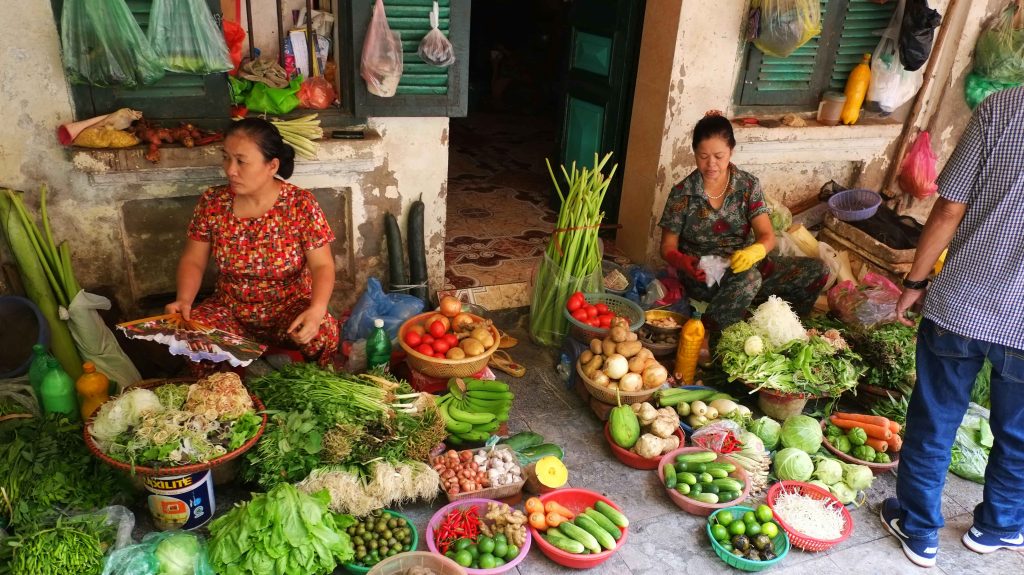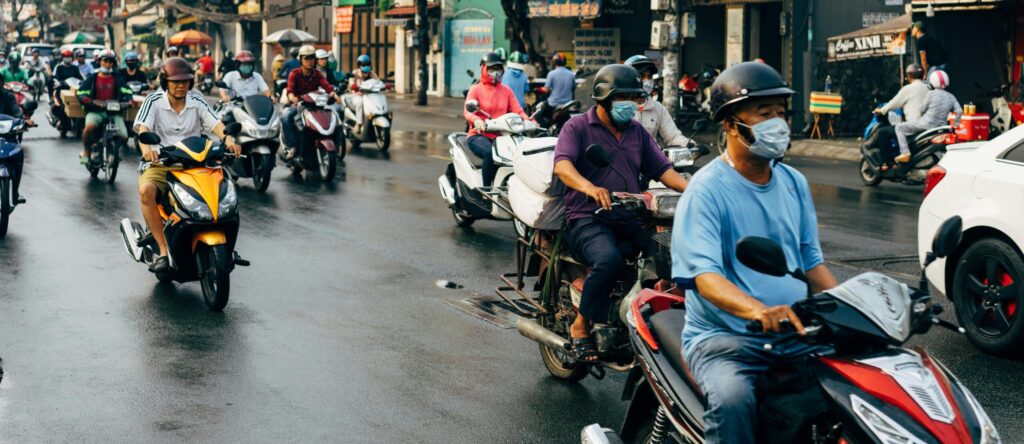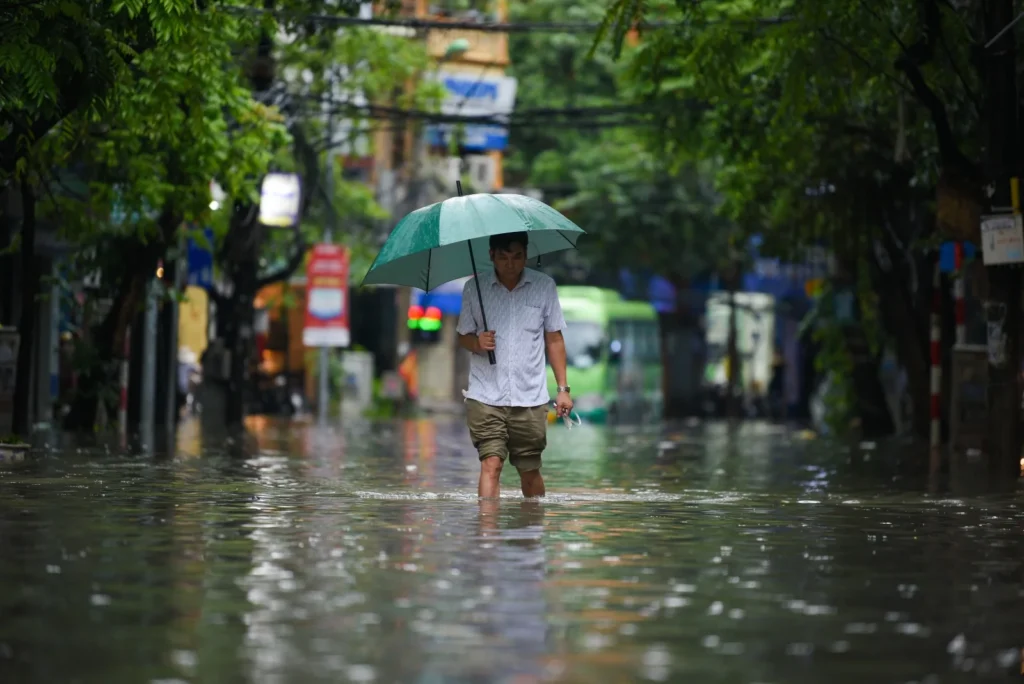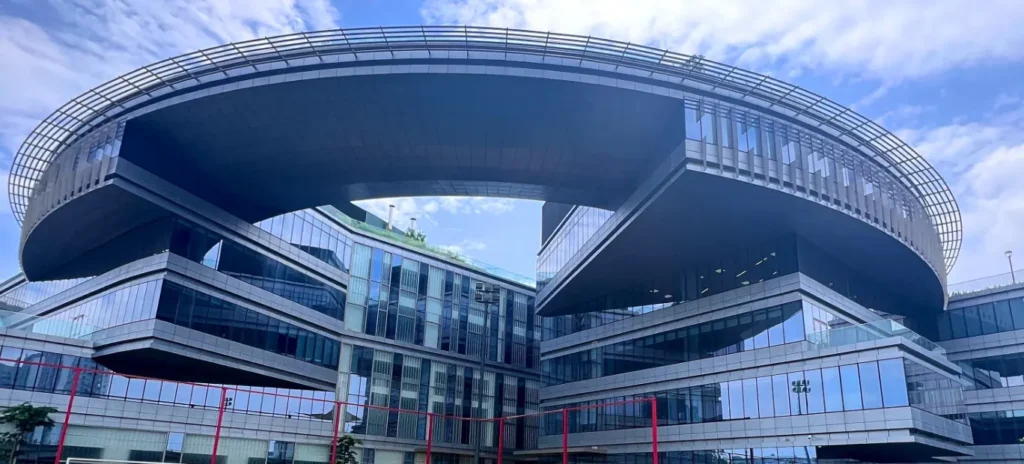If you’ve ever found yourself clinging to the back of a GrabBike in Hanoi traffic, you know transportation in Vietnam is part chaos, part charm, and 100% unforgettable. Whether you’re weaving through Saigon on a scooter, catching the overnight train to Da Nang, or getting hopelessly lost in a sea of buses in Ha Giang, getting around here is less about convenience and more about adventure.
But here’s the thing: once you crack the code, Vietnam’s transportation is cheap, fast(ish), and surprisingly efficient. It’s a wild ride – sometimes literally – but it’s also one of the best ways to experience the country.
So whether you’re a first-timer, a digital nomad figuring out your morning commute, or an expat looking to graduate from Grab to your own wheels – this is your no-BS guide to getting around Vietnam.
🚲 From Scooters to Sleeper Buses: What’s the Deal with Transportation in Vietnam?
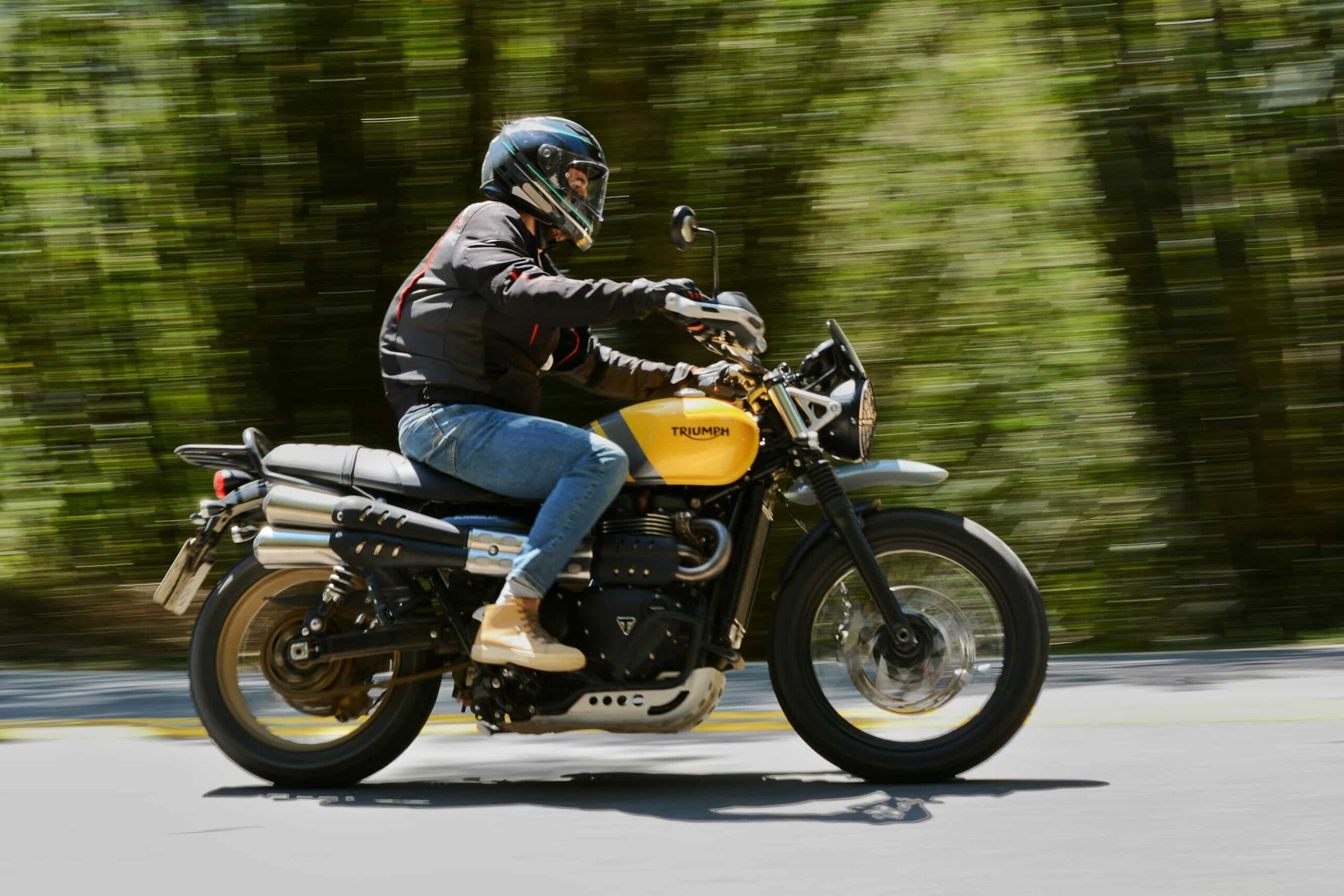
Let’s just start with the obvious: scooters rule Vietnam. With over 45 million motorbikes buzzing around the country (yep, you read that right), you’ll see families of five, a fridge, and a tree strapped onto a single bike, all before breakfast.
That said, motorbikes aren’t your only option – though they’re the most fun.
Here’s a quick breakdown of how people actually get around in Vietnam:
-
Motorbike/Scooter – The backbone of local life. Rent one, buy one, or hitch a ride on GrabBike. Great for flexibility and getting deep into alleyway life.
-
Grab (Car & Bike) – Vietnam’s answer to Uber. Easy, cheap, and reliable in cities. Bonus: no awkward cash exchanges – just pay through the app.
-
Taxis – Mai Linh and Vinasun are your safest bets. Avoid the shady ones lurking around airports. Pro tip: always ask for the meter.
-
Buses – Inexpensive, reliable-ish, and excellent for long-distance travel. Just don’t expect comfort if you’re over 5’8”.
-
Sleeper Buses – The stuff of budget traveler legends. You’ll either love or loathe them. Best for overnight hauls when flights are pricey or full.
-
Trains – Slow but scenic. Vietnam’s north-south Reunification Express gives you a front-row seat to rice paddies and coastlines.
-
Domestic Flights – For when you’re short on time and patience. VietJet, Bamboo Airways, and Vietnam Airlines have solid coverage (and occasional chaos).
Bottom line: transportation in Vietnam is varied, affordable, and mostly chill – once you learn to go with the flow.
🛵 Riding a Motorbike in Vietnam: Should You Do It?
Short answer? Probably. But with caution.
If you’re going to live or travel in Vietnam for more than a hot minute, a motorbike will unlock the country like nothing else.
That sunrise coffee run in Hoi An? The misty mountain ride in Ha Giang? The beach detour in Phu Quoc? All 10x better with your own wheels.
But here’s the catch:
-
You do technically need a Vietnamese or International Driver’s Permit (IDP) to ride legally.
-
Traffic is aggressive, not reckless. Once you understand the rhythm, it’s kind of like a dance. An intense, honk-heavy dance.
-
Helmets matter. Don’t trust the ones from your rental shop. Buy a decent one (look for the “CR” safety sticker).
-
Google Maps isn’t always your friend. Especially in the countryside. Get used to asking locals or embracing the scenic route.
Pro tip: If you’re new to riding, start in smaller towns like Da Lat or Hoi An to get your bearings before tackling Saigon’s scooter swarms.
🚖 Grab, Taxis & Local Buses: The Realities of City Travel
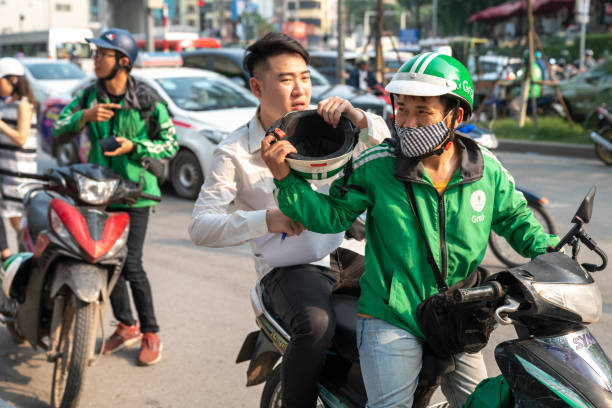
Grab (Car & Bike)
Grab is your best friend in Vietnamese cities. The app is easy to use, prices are fair, and you can choose a bike or a car depending on your mood and bravery level.
Fun fact: In Saigon, GrabBike is often faster than GrabCar during rush hour. You’ll zip through traffic while cars sit in gridlock.
Taxis
Stick to Xanh SM (Turquoise electric cars), Mai Linh (green) or Vinasun (white with green/red). They’re metered and legit. Avoid the random taxis hovering outside touristy areas – they may “forget” to turn on the meter or take the scenic route.
Always carry small bills. Some drivers won’t have change – or pretend not to.
Local Buses
This is where things get interesting. City buses are dirt cheap (we’re talking 5,000–7,000 VND per ride), but routes can be confusing if you don’t speak Vietnamese.
Still, if you’re up for it, apps like BusMap (especially in Ho Chi Minh City) are surprisingly helpful.
🚂 The Scenic Route: Trains and Long-Distance Travel
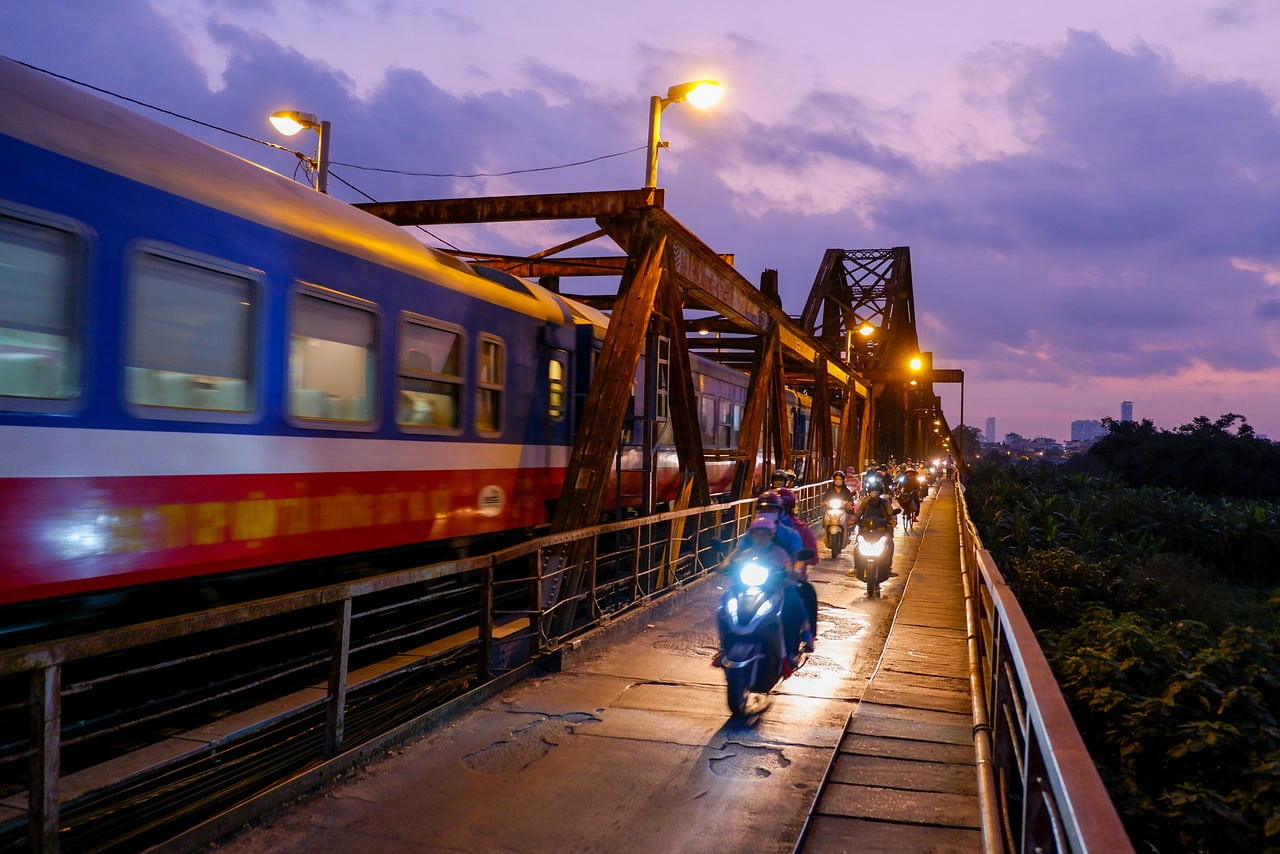
Vietnam’s train system might not win any speed awards, but it offers one of the most peaceful ways to see the country.
We’re talking swaying palm trees, sleepy villages, ocean views—the works.
-
The Reunification Express runs from Hanoi to Ho Chi Minh City and stops in most major towns along the way.
-
Soft seats, hard sleepers, soft sleepers – pick your poison comfort level.
-
The trains are… let’s say “vintage.” But clean enough, and they usually run on time.
-
Try the Da Nang to Hue route. It’s only a few hours but offers some of the most jaw-dropping coastal views in Vietnam.
🚌 Sleeper Buses: The Backpacker Rite of Passage
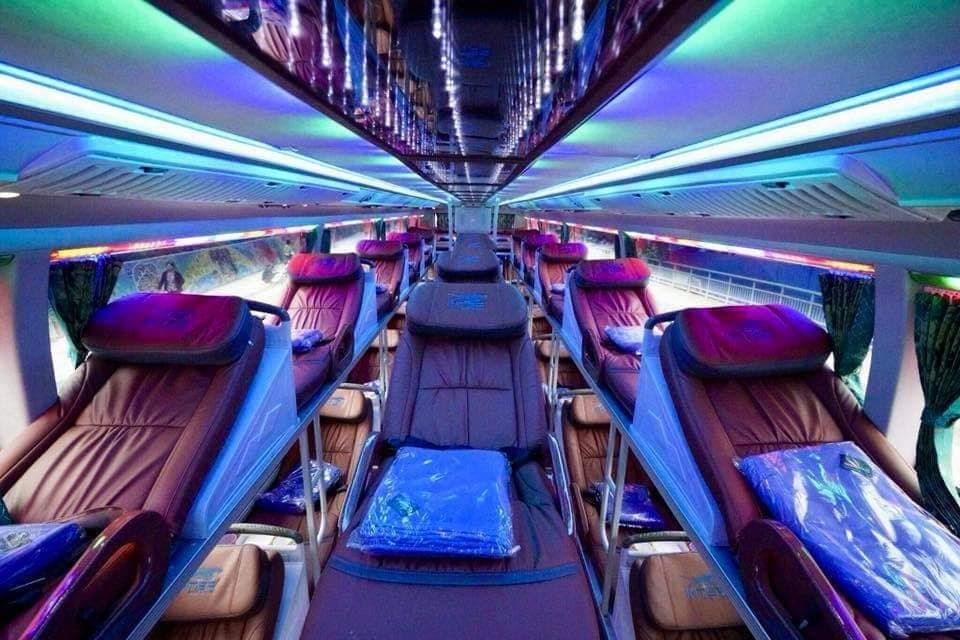
Ah, the infamous sleeper bus. Half bed, half coffin, all experience.
-
Shoes off at the door (hygiene or habit? Who knows.)
-
Tiny reclining pods with neon lights and suspiciously sticky blankets
-
Wifi that doesn’t work but a driver who honks like it does
Despite their quirks, sleeper buses are cheap, frequent, and get you where you need to go. Book with reputable companies like The Sinh Tourist, Futa Bus, or Queen Cafe.
But fair warning: If you’re tall or have personal space issues, this might not be your preferred mode of travel.
✈️ Domestic Flights: Fast, Furious, and Surprisingly Affordable
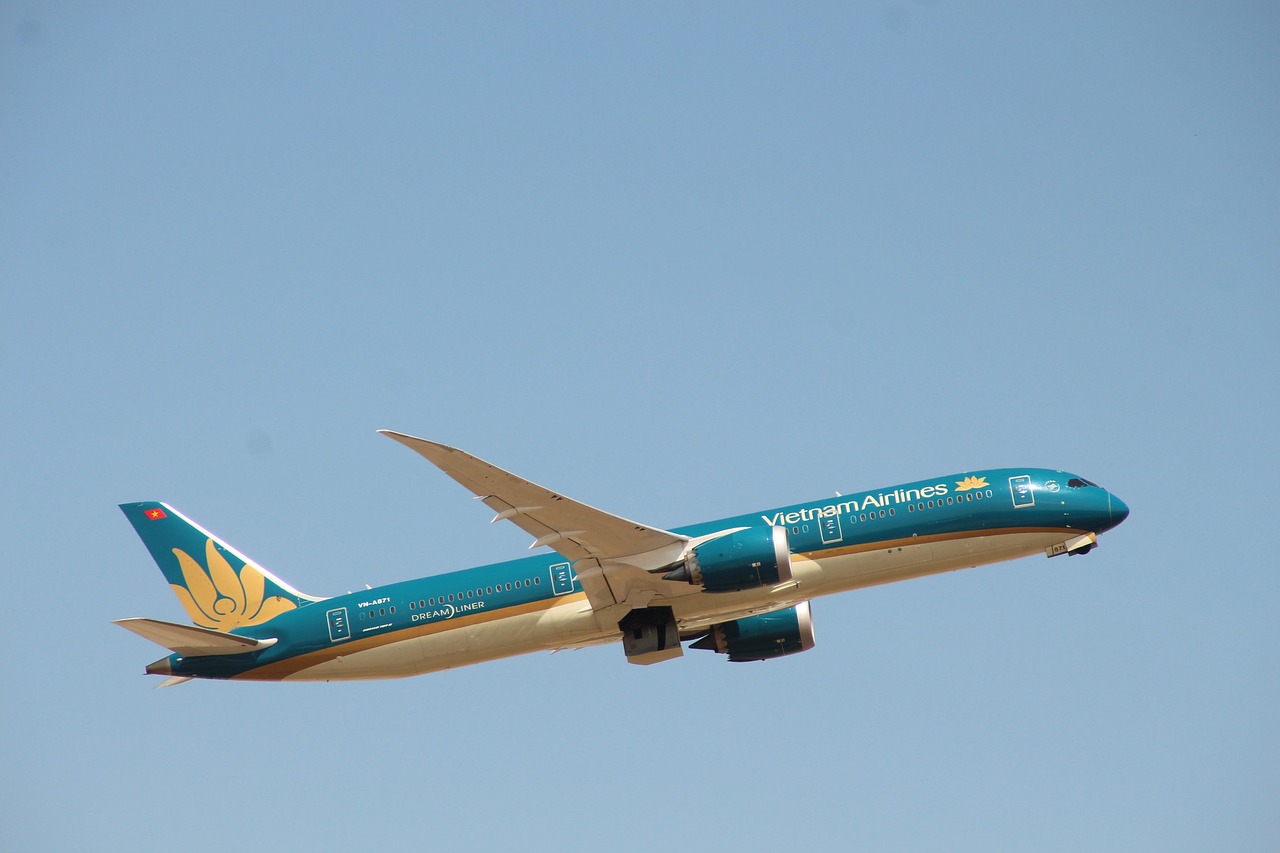
For longer distances, flying is often the smartest move. A one-hour flight from Hanoi to Da Nang saves you a day of train hopping or bus bouncing.
Three airlines to know:
-
Vietnam Airlines – More polished, usually includes checked baggage
-
VietJet – The Ryanair of Vietnam (cheap, no frills, sometimes late)
-
Bamboo Airways – New kid on the block, decent service
Prices vary wildly depending on how early you book. Domestic airports are easy to navigate, but arrive early—security lines can get gnarly.
❤️ Why It Matters: The Journey Is the Destination
Sure, getting from A to B in Vietnam might not always be smooth sailing – but that’s kind of the point.
It’s in those unplanned detours, missed turns, and bus stop conversations that the real magic happens. The old lady who shares her mangoes on the local bus. The unexpected rainstorm on a motorbike in Da Lat. The late-night Grab driver who plays Vietnamese pop ballads and teaches you slang.
Transportation in Vietnam isn’t just a way to move – it’s a way to connect.
So take the scenic route. Talk to the drivers. Get a little lost. That’s where the stories are.

